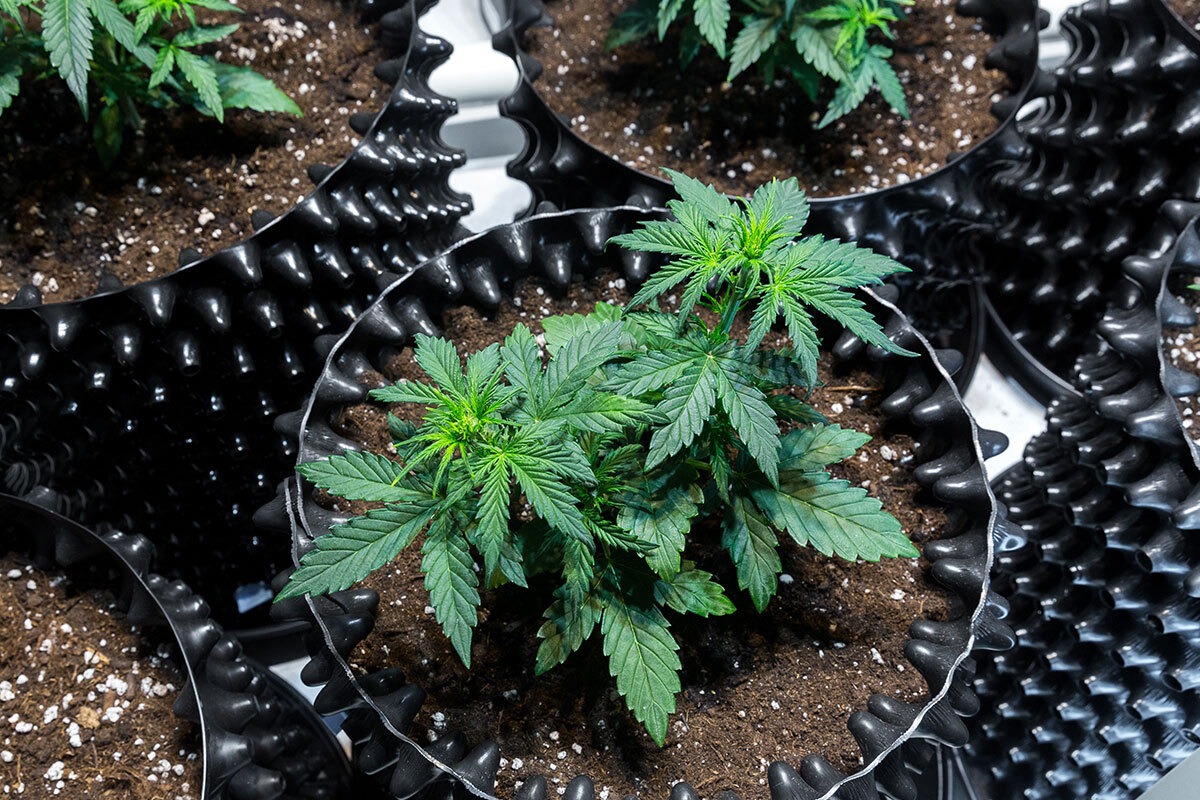
Best pot size for autoflowers?
You might consider the type or size of the container you use for growing cannabis as an afterthought. But, cannabis pot size and especially autoflower pot sizes play a crucial role in healthy optimal growth. Even the material of the pot can have a significant effect on your plant’s root health, and overall stability as it grows to full maturity. So here, we set out to answer the question – what size pot for autoflower cannabis plants is best, for ultimate success.
Why Pot Size Matters
Many growers choose to cultivate autoflowers for their small, stealthy size especially in comparison to regular photoperiod species. But, did you know – the autoflower pot size you use will affect the end-height and health of your plant? Because the roots are contained in your pot, the wrong size can affect your plant’s most important base. If you want to avoid restricted root growth, and stressing and stunting your plant, larger size pots are the way to go. Since autoflowers are also more susceptible to stress, it’s also key to choose your final size pot from the start to avoid repotting during its shorter than normal life cycle.
What You Need to Take into Consideration When Deciding Autoflower Pot Size
Choosing the right autoflower pot size is essential for the overall health and yield of your plants. Several factors come into play when making this decision.
How Much Grow Space You Have
Firstly, consider the amount of grow space available. Larger pots require more space, while smaller pots enable you to fit more plants in a limited area. However, keep in mind that overcrowded plants may compete for light and nutrients.
What Growing Medium? Hydro, Soil, Coco Coir, etc.
The growing medium impacts the autoflower pot size selection. For instance, in hydroponic systems, you might use smaller pots since roots have direct access to nutrients. In contrast, soil and coco coir might require larger pots to allow for root expansion and nutrient uptake.
How Many Plants You Intend on Growing
Your cultivation goals matter. If you aim for a Sea of Green (SOG) method, which involves growing many small plants, smaller pots are preferable. However, if you are focusing on a few plants with higher yields, larger pots are ideal.
Indoors or Outdoors
Outdoor growing typically allows for larger pots due to the abundance of space, while indoor grows may be limited by the confines of the grow room or tent.
What Training Methods You Are Going to Use?
Training methods such as SOG are usually done in smaller pots with many plants, while Screen of Green allows for bigger yields per plant and may necessitate larger pots.
Best Pot Sizes To Use
So, now that you know how cannabis pot sizes can affect overall growth – what size pot for autoflowers is best for you? Depending on your grow space, or personal desires for growth – you may choose a smaller autoflower pot size, or bigger, to begin with. We’ll breakdown the differences in both, below.
Smaller Pots – 6.5L – 8.5L (or 1.5 – 2 gallon)
If you have limited ceiling space, smaller pot sizes will restrict the height of your plant overall. Smaller pots also allow growers to fit more plants into smaller grow spaces, for maximized yields in a minimized space. Pots smaller in size can also be ideal for implementing the sea of green method.
Larger Pots – 10L – 15L (or 2.5 – 3 gallon)
If you’re not worried about plant heights, then bigger pots are ideal for optimal health and growth. Autoflower pot sizes of 10 – 15 L are ideal for allowing your crops to reach its maximum heights. When growing to the fullest, plants produce more branches which of course, equals bigger yields. However, don’t get caught thinking – the bigger the better. Pots any bigger than 15 L won’t produce any better of a crop, and you’ll just waste money on unused mediums.
How Much Water Do I Need for a 5 Gallon Pot Autoflower?
A general rule of thumb is to use approximately 10-20% of the pot’s size in water. For a 5-gallon pot, this means about half to one gallon of water per watering session, depending on the growing medium and the plant’s stage.
How Much Space Does an Autoflower Take Up?
Autoflowers usually take up 1 to 4 square feet of space. Larger pots tend to result in bigger plants, requiring more space. It also massively depends on the genetics and training methods used. Methods such as ScrOG encourage more lateral growth as a result the plant has a wider footprint.
How many autoflower seeds can I fit in a 3 x 3 tent?
The number of autoflower seeds you can grow in a 3 x 3 tent, depends on the size of the pots you use. This translates to an area of roughly 9 square feet (or about 0.81 square meters).
3 L (0.6 gal) pots: These are smaller pots, allowing for about 25 plants per square meter. In 0.81 square meters, you could potentially fit up to 20 plants (25 x 0.81 ≈ 20).
5 L (1.3 gal) pots: These allow about 18 plants per square meter. In 0.81 square meters, this would mean approximately 14-15 plants (18 x 0.81 ≈ 14.58).
11 L (2.9 gal) pots: With these, you can fit about 9 plants per square meter. In 0.81 square meters, you could fit about 7 plants (9 x 0.81 ≈ 7.29).
Larger pots (15 L and up): As the pot size increases, the number of plants you can fit decreases significantly. For example, with 15 L pots, you might fit about 4 plants (5 x 0.81 ≈ 4.05)
How Big Should Autoflowers Get?
Autoflowers can vary in size from 1 to 3 feet tall. The size is influenced by strain, pot size, and environmental factors. The yield ranges from 30 grams per plant for a small auto up to 200 grams per plant for a well grown super auto.
6.5-10 Litre Pot
This size is versatile, ideal for autoflowers between 30-80g per plant. Pots this size are suited to grows with limited space or those using the SOG method. It allows for decent root growth while still being space-efficient.
10-15 Litre Pot
10-15 litre pots are suitable for growers aiming for higher yields from individual plants. This size allows for ample root development and nutrient uptake, resulting in more substantial plants. An autoflower in a pot this size should expect yields of 80g-150g per plant.
Do Bigger Pots Mean Bigger Buds?
Generally, bigger pots can lead to bigger buds due to increased root space and nutrient availability. However, it’s essential to maintain proper watering and nutrient schedules to avoid issues like overwatering or nutrient lockout.
Are Pots Better Than Grow Bags?
Both options have their merits. Pots are sturdy and retain moisture longer, while grow bags provide excellent aeration and prevent root circling. Your choice should depend on your growing conditions and preferences.
Different Types of Pots
Gone are the days, where there’s only one type of pot to choose from, too. Beyond selecting a cannabis pot size, you’ll also need to decide what material or type of pot is best for you. Here’s the varied types to choose from, and a brief overview of their pro’s and con’s.
Plastic Pots
Plastic pots are the most widely available containers, and come in a variety of sizes and shapes. Being durable, and waterproof are pro’s of plastic pots as is their cost-effective prices. However, they can be less than ideal for durability, and struggle to provide airflow to the roots depending on the medium.
Fabric Pots
Fabric pots are quickly gaining popularity across the growing scene for a variety of benefits. Most notably, the material allows higher flow of oxygen to the roots and allows for ‘air-pruning’ which helps avoid bound roots. On the ‘con’ side, fabric pots do dry out more quickly than others so a bigger autoflower pot size in fabric is recommended.
Air Pots
It’s no surprise that air pots also allow ample oxygen to the roots, for optimal growth. Air pots are also plastic, but have openings on the side unlike normal plastic pots. Their unique design supports air-pruning too, for the avoidance of root bound plants. Another advantage of air pots is their tall, and slender size. This allows more pots per space plus an ideal distribution of water and feed to the roots.
Clay Pots (Terracotta)
Terracotta or clay pots are the heaviest most durable pot of the bunch. One advantage of clay pots is their ability to absorb and store excess moisture, which helps with cooling the roots. While their heavy weight is an advantage for anchoring sturdy plants, it can cause moving plants to be quite the task. Their material also provides less than optimal drainage, and can be hard to drill holes into.
Wooden Pots
Wooden pots may look and seem cool, but are not ideal for growing cannabis plants. The containers are not only expensive, but provide poor drainage and are hard/heavy to move.
Other Factors To Consider When Choosing Your Pot
You’ll want to ensure you also think of the following characteristics that can also have an effect on overall growth.
Drainage – Do not overlook how important drainage is to the health of your autoflower plants. Choose a container or pot that provides optimal drainage, or one that you can easily drill your own holes into. Proper drainage is vital for water to run-off and to allow ample oxygen into the grow medium. It also helps avoid issues that can come from overwatering. No matter the size, or type you use, adding clay pebbles to the base of your pot can help improve drainage, too.
Shape – While round or circular pots are most popular, square or rectangular shaped pots are increasing in use. The pots square shape can be easier to stick plants close together, and keep even, in a small growing area.
Colour – Because certain colours can absorb and trap heat, it’s another factor you’ll want to consider especially if you’re growing outdoors. White pots, or lighter shades are better than black or darker shades, since they store less heat.
Pots for Pot
With the information you’ve gained today, you can better choose which autoflower pot size and type is best for you. The choice you make will depend on your specific grow room, needs or desires, and what you expect from your final yields. Before you invest in the type of pot you’ll use, make sure you take all the factors into account for the biggest bang for your buck.
One Reply to “Best pot size for autoflowers?”
Leave a Reply
You must be logged in to post a comment.

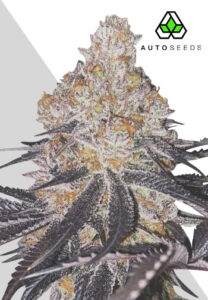
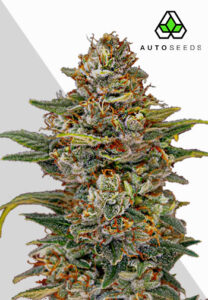


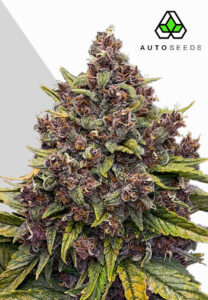
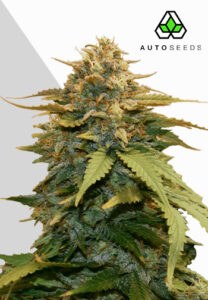




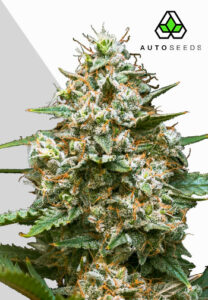
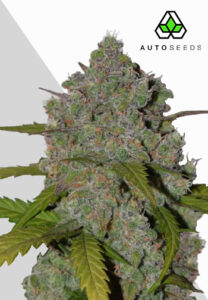
would a 10 liter pot be ok for small/short strains that have a hight of 90cm